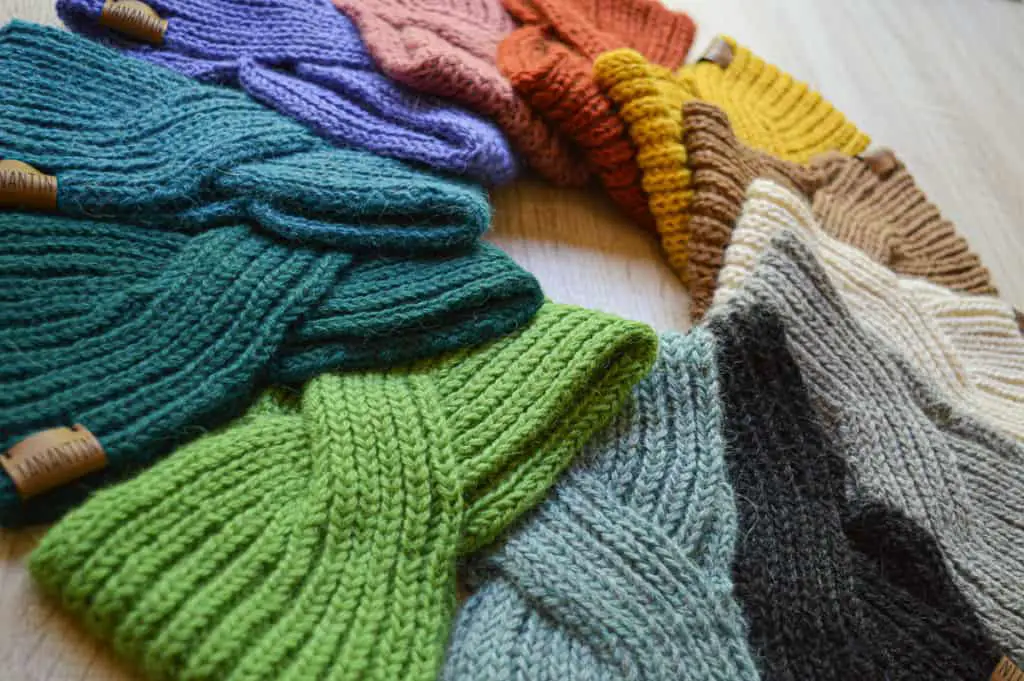Call me a minimalist, but the real reason we wear clothes is that they protect us from the elements, right? Come rain, wind or shine, I’m always wearing that alpaca scarf of mine! But is alpaca wool really windproof?
buy modafinil provigil uk Alpaca woolen garments are very wind-resistant, but it is not 100% windproof. While the alpaca fiber itself is close to being windproof, an alpaca woolen item is not. The structure of knitting (or weaving) will have holes through which the wind passes.
Windproof, wind-resistant, breathable?! What’s the deal with alpaca wool? Let’s separate truth from myth and find out what alpaca wool can really do.
Is Alpaca Wool Windproof or Wind-resistant?
Imagine an alpaca, grazing some of that grass, strolling the Andean highlands… And then the wind comes and never leaves. But neither does the alpaca, so it’s got to have a good reason to stay true to its natural habitat.
buy modafinil uk 2018 An alpaca woolen garment is wind-resistant, not windproof. It provides protection from the wind to a certain degree, depending on the thickness of the garment and the type of wind.
But when is something windproof and when is something wind-resistant?
Windproof means that no wind will be let through, in other words, that it is impervious to wind.
For something to be windproof, it needs to be seamlessly sealed or shut off.
Wind resistant means that it blocks some wind, while it still lets some wind through.
The tricky part of wind-resistant labels is that there is no black-and-white definition of how much wind is blocked. This means that companies have the freedom to decide what is wind resistant and what is not.
Wind resistant garments can therefore always end up letting some wind through, especially once the wind gets strong enough.
- The most important difference between windproof and wind-resistant is that a windproof garment will not let any wind pass through.
How Wind Resistant Are Alpaca Woolen Garments? (Fiber Structure vs. Texture)
The alpaca fiber itself (before it is turned into sweaters, scarfs, and hats), is very close to being windproof. That means it doesn’t let any wind through.
The animal needs its warm fleece to stay warm in the very harsh climate of its home. Now, if you’ve ever seen an alpaca (or touched, you lucky, lucky you…!!!), you can imagine that hair lets wind through.
Alpaca fleece is pretty dense closer to its body. The main goal of the alpaca’s fluffiness is to keep the skin and body warm and protected from the wind. Mission accomplished.
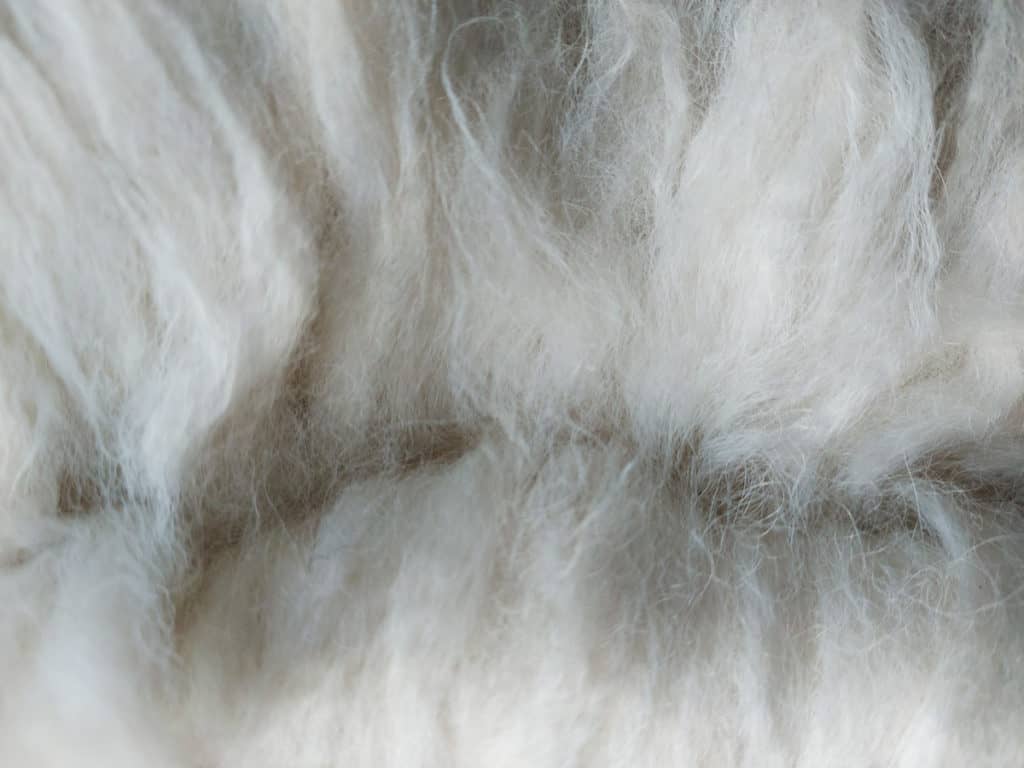
When the fleece is shorn and spun into threads of yarn, it can be used to knit or weave items like hats, sweaters and scarves.
When the yarn is used for knitting, the fiber itself doesn’t lose any of its windproof-ness, but the structure of the garment will decide how much wind gets shut out.
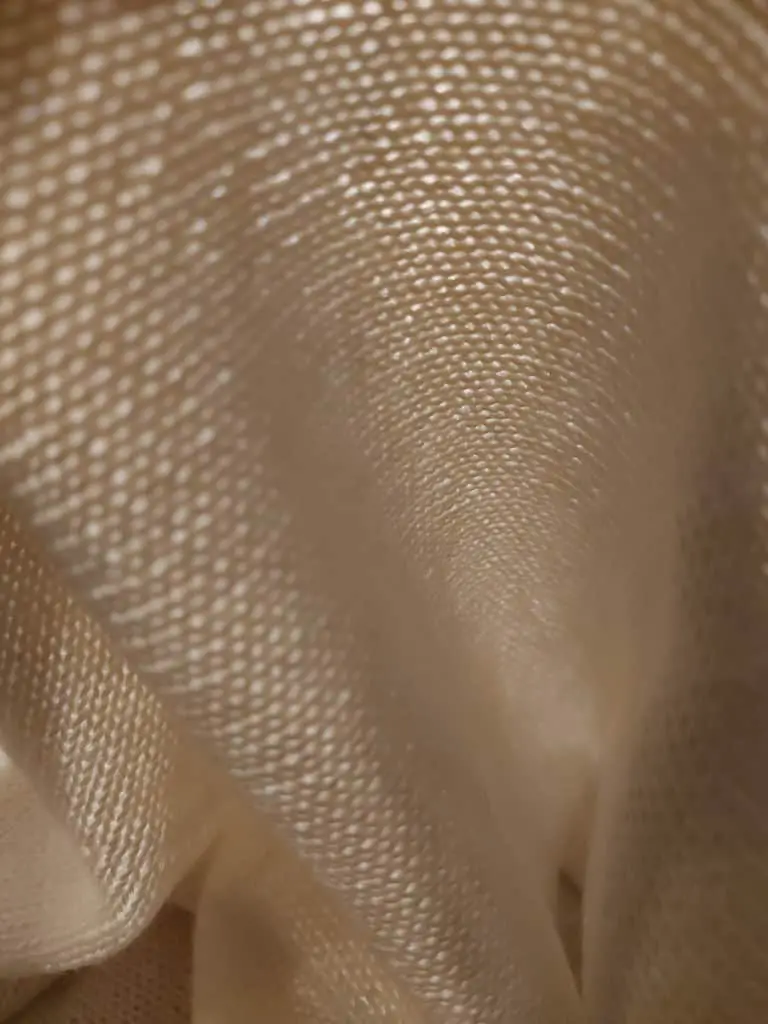
100% Alpaca Wool 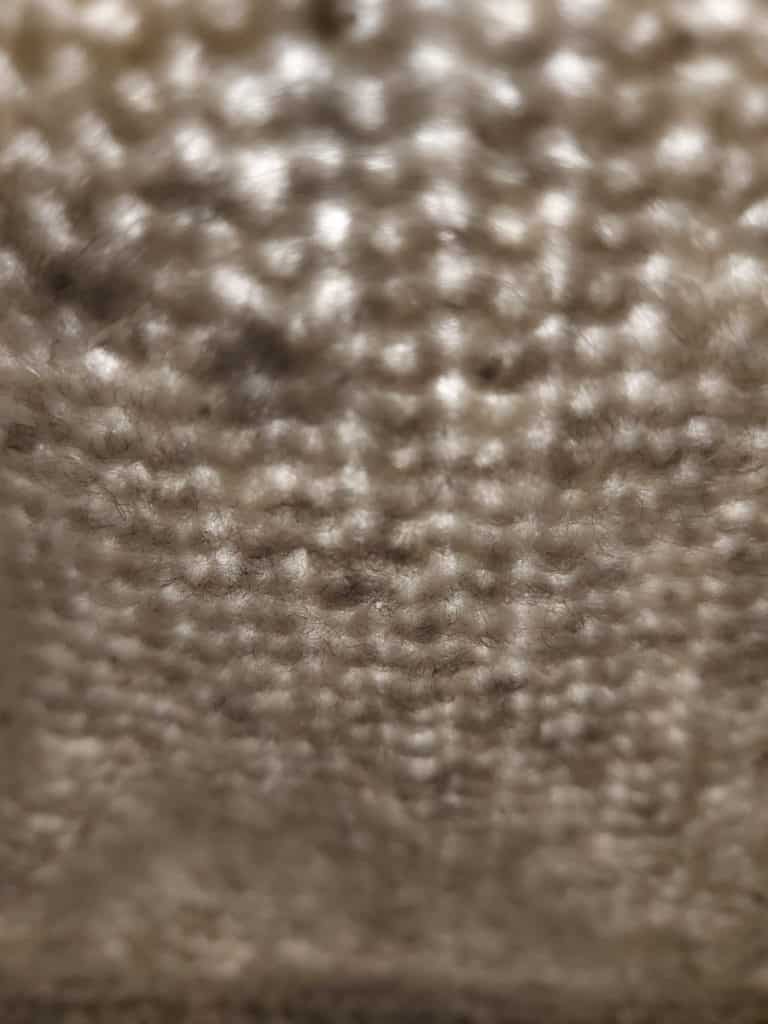
Merino Baby Alpaca Blend 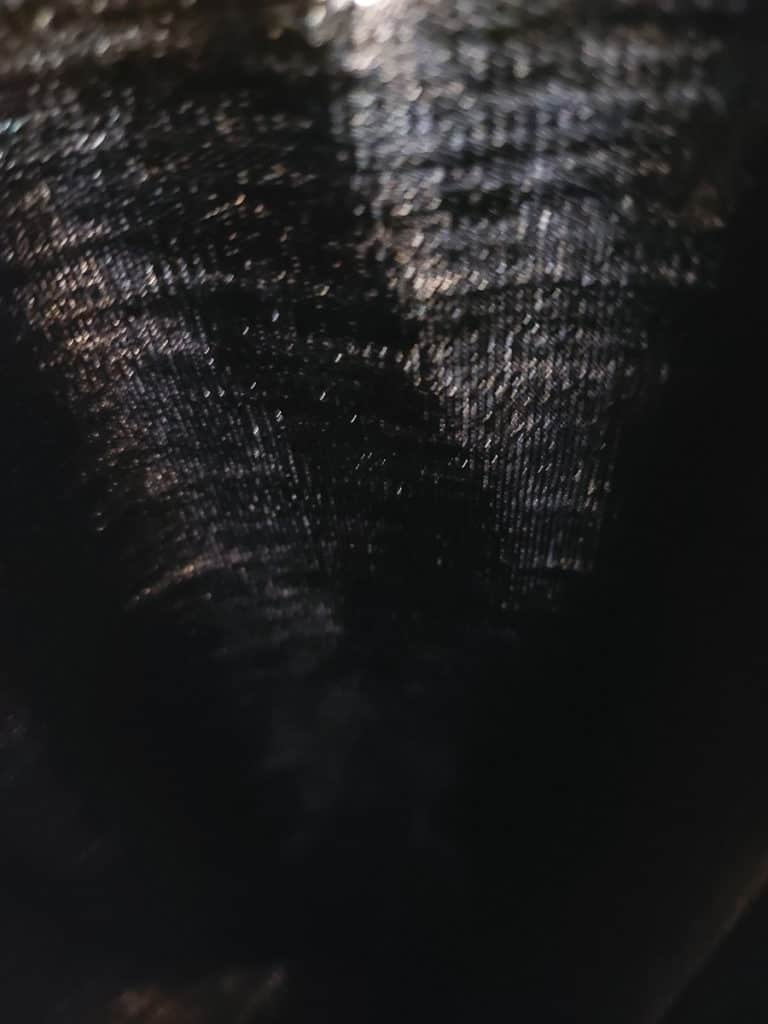
100% Merino Wool 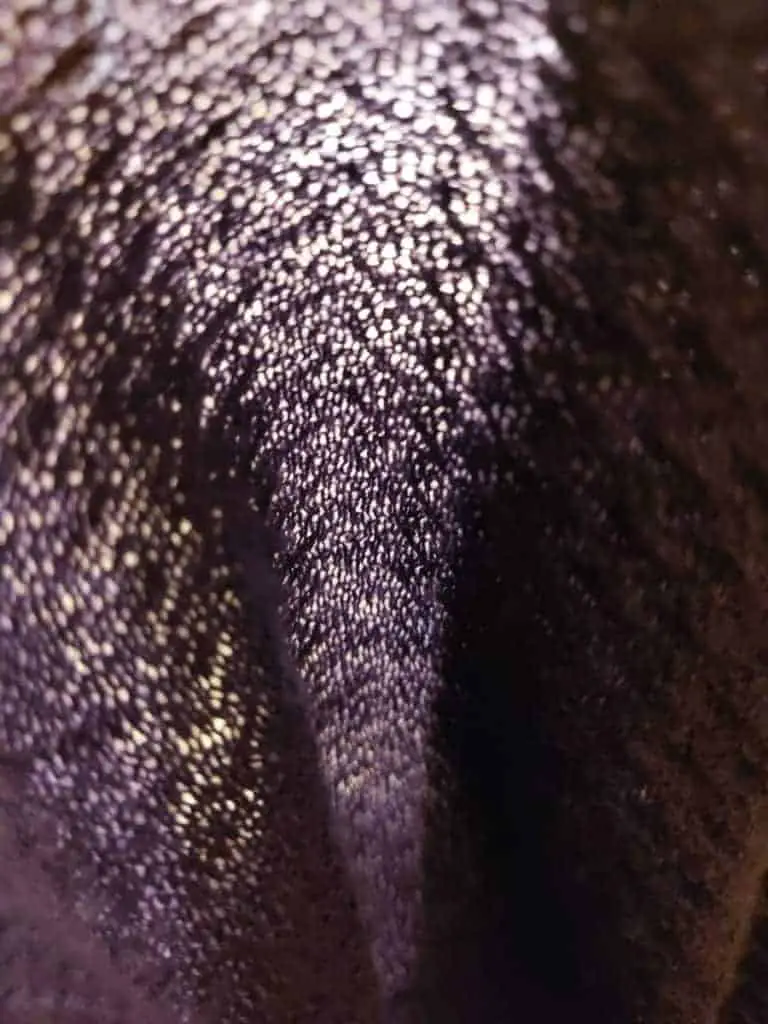
Merino/Polyester Blend
That’s why alpaca wool is not windproof, but only wind resistant.
The level of wind resistance of an item will depend on the stitch that is used, the thickness of the yarn, and the technique that is used.
Knitted garments will generally leave more room between the stitches leaving room for the wind to enter. Woven items tend to be slightly tighter, leaving less room for the wind.
Alpaca Wool Is Breathable, Too!
Normally, you’d expect that the more wind resistant something is, the less breathable it will become. That’s not true for alpaca wool.
Another great feature of alpaca wool is the breathability of the fiber.
The special fiber guarantees that any alpaca woolen item will be breathable while being highly wind resistant at the same time.
- The breathability of alpaca wool is thanks to the special fiber: with airbag-like bags inside the fiber, alpaca hair is hollow, and not solid.
Can You Test Wind-Resistance of Alpaca Wool?
Unlike an alpaca living in the Andean highlands, you might want to wear a wind-resistant scarf or hat somewhere else in the world. You may not need windproof equipment, but might be looking for something that keeps out most of the cold on a windy day.
- Be Outdoors shared this awesome wind-resistance trick that you can use to see whether or not something is wind resistant (enough):
Your breath can simulate a fresh breeze. If you breathe out as hard as you can, you will breathe at a speed of 20 mph, similar to what a fresh breeze would be (19 to 24 mph, according to Neracoos).
Now if you do this with the fabric against your mouth, you can feel with your hand how much wind/breath comes through. It will give you a rough estimate of how wind resistant the fabric is.
I made a YouTube Video about this to show you more about the wind-resistant features of alpaca wool!
How Wind-Resistant is an Alpaca Woolen Garment in Real-life?
To put this in perspective, in the Netherlands, where I’m currently located, the average wind is 15.5 mph during the “windiest” time of the year (January – a.k.a. now). That is SUPER windy! I almost fell off my bike this morning (when it was about 22 mph)!
In Ireland (acceptable to assume that Ireland is a very windy country, right?!), the common wind speed in the North is 18 mph.
Compare this to Wellington, New Zealand, which is apparently the windiest place on Earth: with 36.7mph being the yearly average. I definitely won’t be riding my bike there!
Whether you are riding a bike, strolling down the beach, or hiking a trail, I totally recommend using alpaca wool as a part of your outfit, as it will provide protection for most degrees of “windyness”.
What Are the Best Alpaca Woolen Wind-Resistant Items?
Depending on the activity you’re involved in, you’re going to need different types of garments to protect you from the wind.
Socks
Alpaca woolen socks might be super warm and comfy, but they’re not going to stop much wind while being tucked away in your shoes. While socks won’t really protect much of your body from the wind, it keeps your ankles and legs (and toes if you’re wearing slippers) protected during a hike.
And having warm feet when it is cold means you’ll be much more comfortable than when your feet are freezing!
Scarves or Shawls
On the other hand, a scarf or shawl can protect more parts of your body, especially a nice big and long scarf, that you can wrap around your neck and shoulders several times (totally my style). The thicker the scarf, the better it will protect you.
For this reason, I love the Yanantin Alpaca Woolen Scarf: it is so long I can wrap it around my neck twice, giving me a double layer of protection! I use them daily – whether I am on my way to the gym or the grocery store!
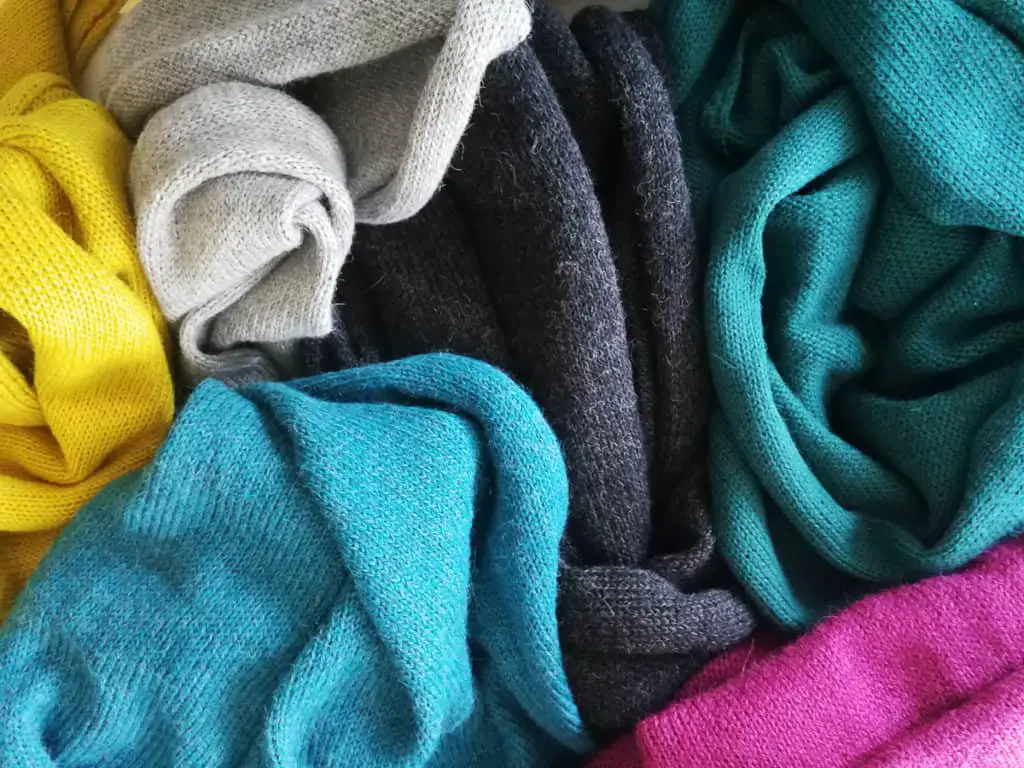
Collar or Tube Scarf
If your looking for protection, I would wear a collar or tube scarf. But I would also consider tubes for sleeping in it and many other things that you may or may not do… SOOOO, here’s my point: if you’re looking for something warm on a cold hike, you might want to consider wearing a tube or collar kind of scarf, which might be super functional to protect you from mountainous winds!
The benefits of tube and collar scarves is that they don’t “fly away” when a big wind gust catches you by surprise. They’re also just smaller, which means they take up space when you’re not wearing them.
I am seriously considering adding collars/tube scarves to the Yanantin Alpaca collection. If you’re interested, sign up for the newsletter and stay tuned on the progress! 🙂
[sibwp_form id=2]
Hats
Alpaca woolen hats are perfect for windy weather.
My head is my favorite thing to be protected from the wind. I HATE it when my head gets cold and the wind just seems to be beating it up. So, whether you’re active or trying to look good, alpaca woolen hats give great protection!
In the Yanantin Webshop, you can find a colorful collection of alpaca woolen hats and they are great 🙂
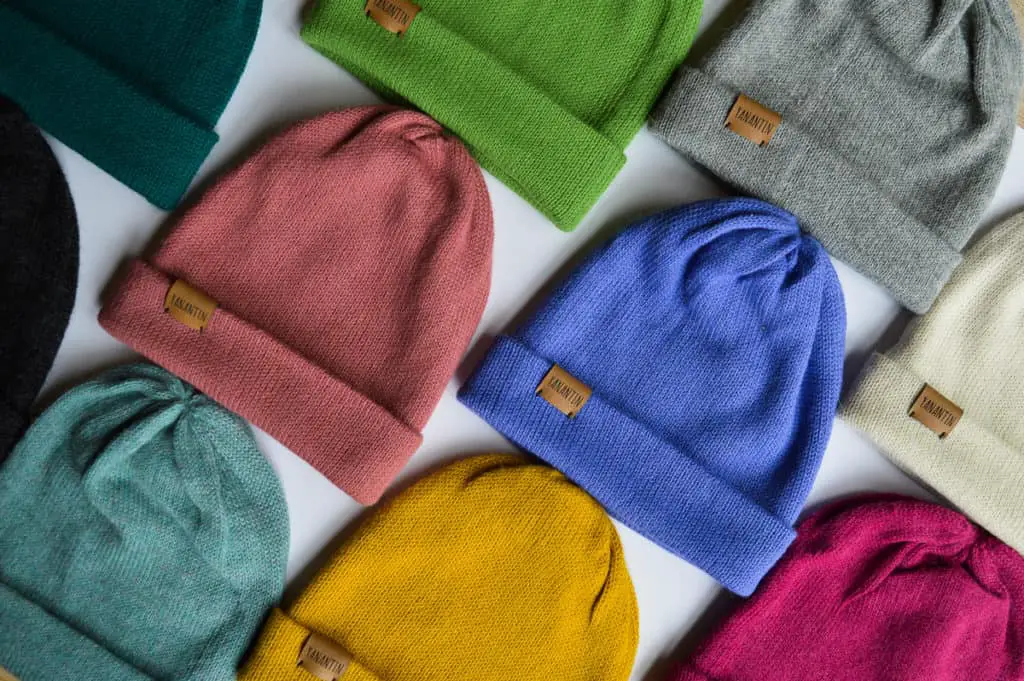
Headbands
Alpaca woolen headbands are great for protecting you in windy weather.
Of course, the alpaca woolen headbands will protect your ears, but a little less the rest of your head. So, compared to hats, headbands are a little less warm. However, since they protect your ears they are great when it comes to wind protection!
Check ‘m out in my Webshop.
